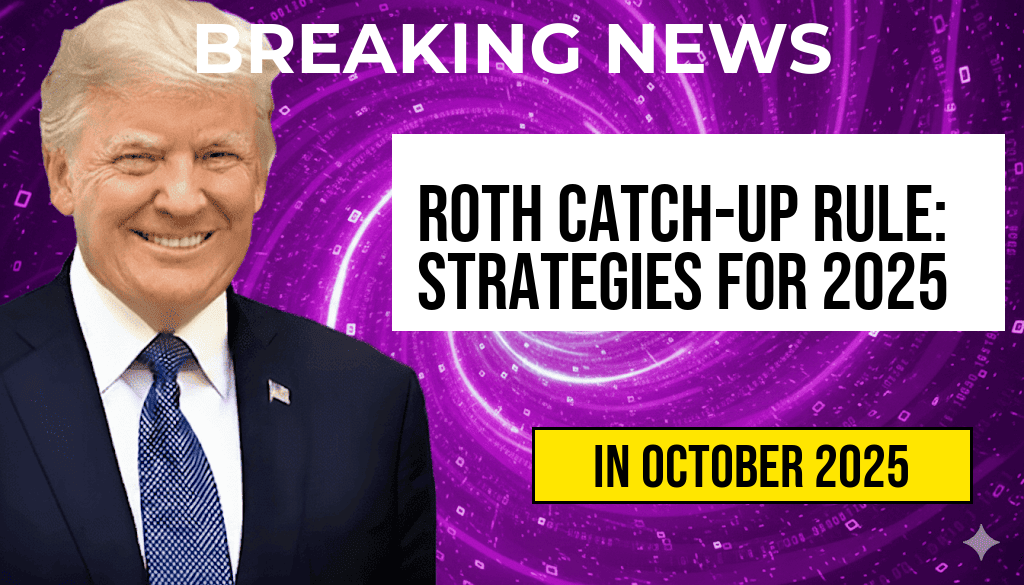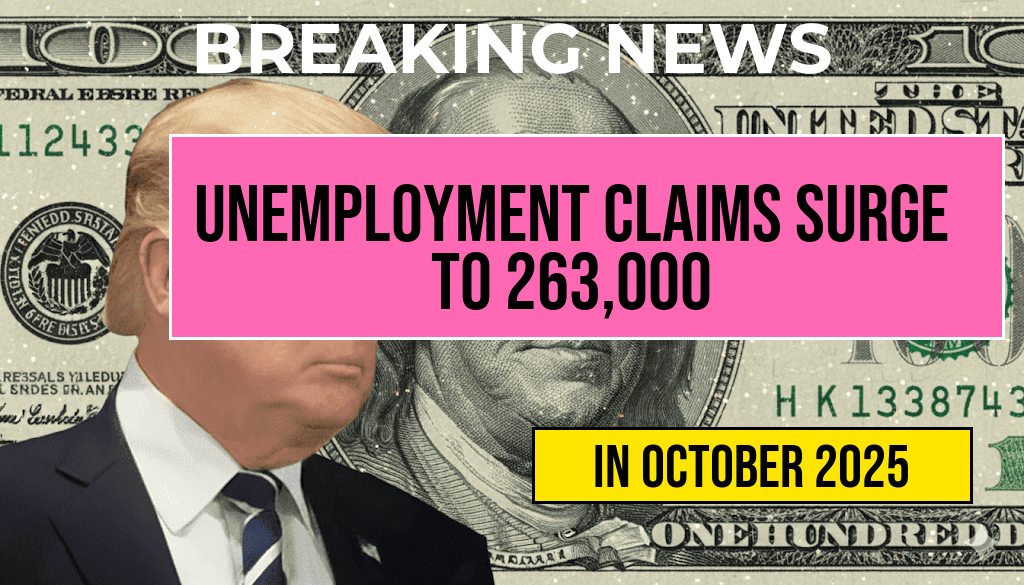As 2025 approaches, high-income earners are paying close attention to the upcoming Roth Catch-Up Rule, which will allow individuals aged 50 and older to contribute an additional $7,500 to their retirement accounts. This provision, part of the SECURE Act 2.0, aims to help older workers accelerate their savings as they approach retirement. With the rising cost of living and the need for adequate retirement funds, understanding how to effectively manage this opportunity is crucial. The new rule also emphasizes the transition from pre-tax to Roth contributions, which can significantly impact tax liabilities and retirement planning strategies. In this article, we will explore the implications of the Roth Catch-Up Rule for high-income earners and provide actionable strategies for maximizing retirement savings.
The Roth Catch-Up Rule Explained
Under the Roth Catch-Up Rule, individuals aged 50 and older will have the option to contribute an additional $7,500 to their retirement accounts in 2025. Unlike traditional pre-tax contributions, Roth contributions are made with after-tax dollars, meaning the funds grow tax-free and qualified withdrawals are also tax-free. This shift is particularly beneficial for high-income earners, who may find themselves in a higher tax bracket upon retirement.
Impact of Income on Contributions
High-income earners often face limits on traditional retirement contributions due to income phase-out thresholds. However, the Roth Catch-Up Rule provides an opportunity to bypass some of these restrictions. Here’s how it impacts retirement savings:
- Increased Contribution Limits: The additional catch-up contribution allows older workers to contribute significantly more than their younger counterparts.
- Tax Strategy: Contributing to a Roth account can be a strategic move for high-income earners, especially if they expect to be in a higher tax bracket in retirement.
- Long-Term Growth: Roth accounts offer tax-free growth, which can be advantageous for those who have the time to let their investments compound.
Strategies for Managing Your Contributions
To make the most of the Roth Catch-Up Rule, high-income earners should consider the following strategies:
1. Assess Your Current Financial Situation
Before deciding on your contribution strategy, evaluate your current income, expenses, and retirement goals. This assessment will help you determine how much you can afford to contribute and how it fits into your overall financial plan.
2. Maximize Employer Contributions
If your employer offers a matching contribution, ensure you are taking full advantage of it. Contributing enough to receive the maximum match is an essential first step in retirement planning.
3. Shift to Roth Contributions
Consider transitioning a portion of your pre-tax contributions to Roth contributions, especially if you anticipate a higher tax rate in the future. This can help mitigate tax liabilities during retirement.
4. Diversify Your Investments
Utilize the opportunity to diversify your investments within your Roth account. A balanced portfolio can enhance growth potential while managing risk as you near retirement.
5. Consult a Financial Advisor
Given the complexities of tax laws and retirement accounts, consulting a financial advisor can provide personalized strategies tailored to your financial goals.
Potential Challenges and Considerations
While the Roth Catch-Up Rule presents significant benefits, there are potential challenges to consider:
- Immediate Tax Implications: Since Roth contributions are made with after-tax dollars, high-income earners should be prepared for an immediate tax impact.
- Legislative Changes: Future changes to tax laws could affect the benefits of Roth accounts, making it essential to stay informed.
- Withdrawal Rules: Understanding the specific withdrawal rules for Roth accounts is vital to avoid penalties and maximize tax benefits.
Conclusion
The Roth Catch-Up Rule represents a significant opportunity for high-income earners to enhance their retirement savings in 2025. By understanding the implications of this rule and adopting effective strategies, individuals can better prepare for a financially secure retirement. As always, staying informed and adaptable will be key to navigating the ever-evolving landscape of retirement planning.
For more information on the Roth Catch-Up Rule, visit Wikipedia or read detailed insights from Forbes.
Frequently Asked Questions
What is the Roth Catch-Up Rule?
The Roth Catch-Up Rule allows individuals aged 50 and older to make additional contributions to their retirement accounts, specifically an extra $7,500 in pre-tax contributions. This rule is designed to help those nearing retirement boost their savings.
How will the Roth Catch-Up Rule affect high-income earners in 2025?
For high-income earners in 2025, the Roth Catch-Up Rule provides an opportunity to maximize their retirement savings despite income limitations. It allows them to contribute more to their retirement accounts and potentially benefit from tax-free growth on their investments.
What strategies can be used to manage the $7,500 pre-tax contribution?
To manage the $7,500 pre-tax contribution, individuals can consider strategies like maximizing employer matching, diversifying investments, and evaluating their tax situation to optimize their retirement savings while minimizing tax liabilities.
Are there income limits for the Roth Catch-Up contributions?
While there are generally income limits for Roth IRA contributions, the Roth Catch-Up contributions may provide some flexibility for high earners to still benefit from additional retirement savings. It’s important to consult with a financial advisor to understand how these limits apply.
What are the tax implications of utilizing the Roth Catch-Up Rule?
The tax implications of utilizing the Roth Catch-Up Rule involve understanding how pre-tax contributions affect taxable income. Contributions reduce current taxable income, and withdrawals in retirement may be tax-free, making it a potentially beneficial strategy for retirement planning.











